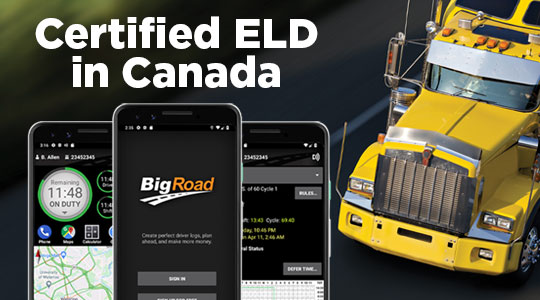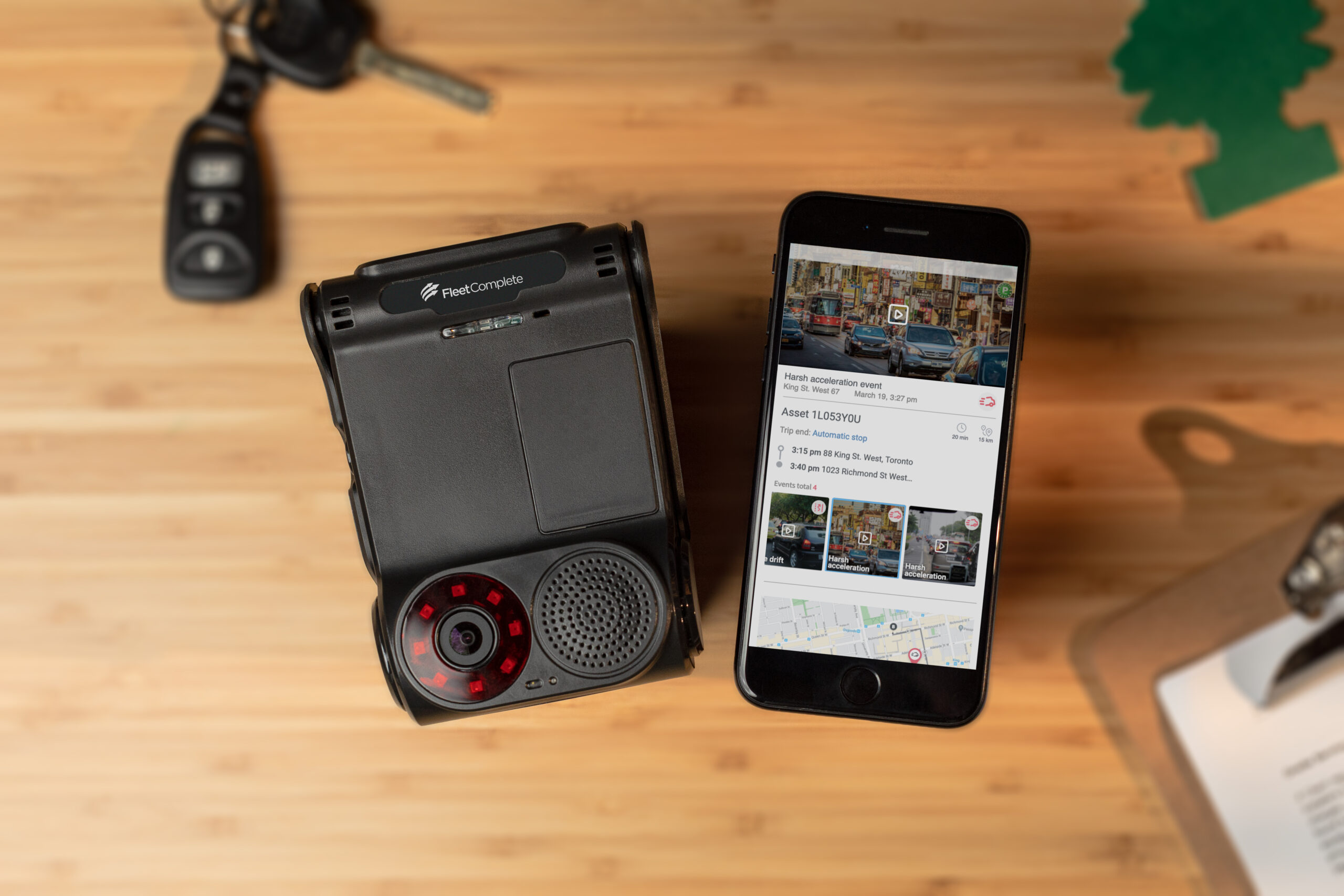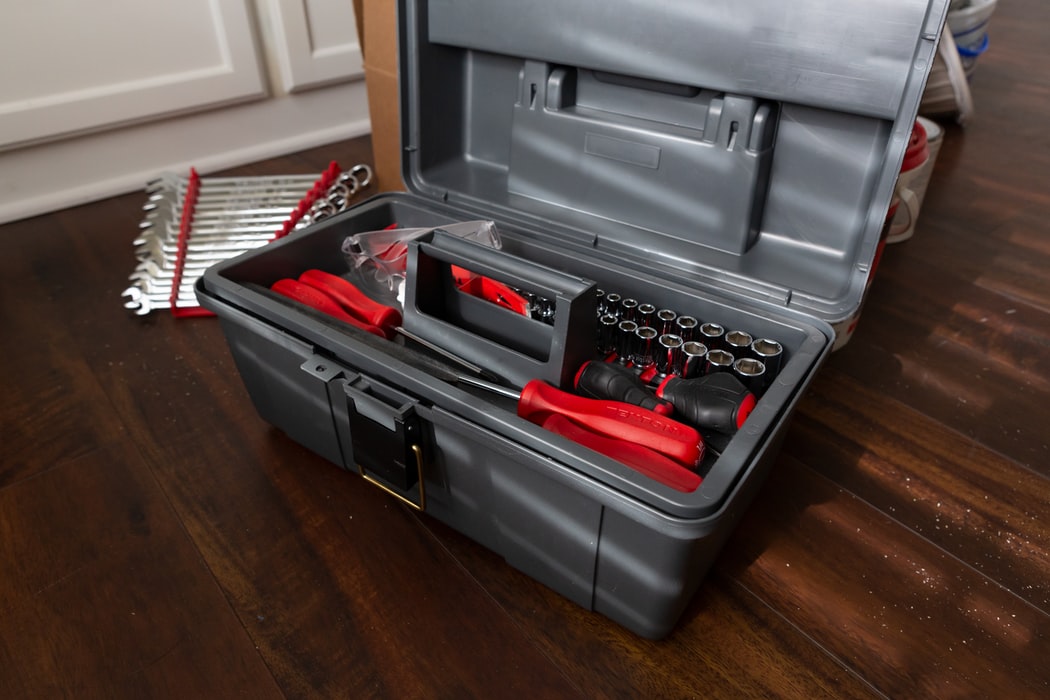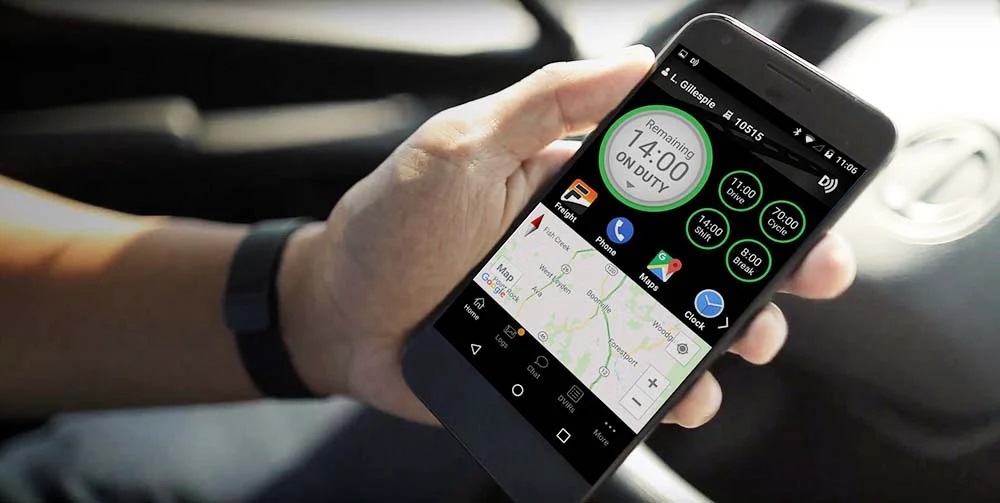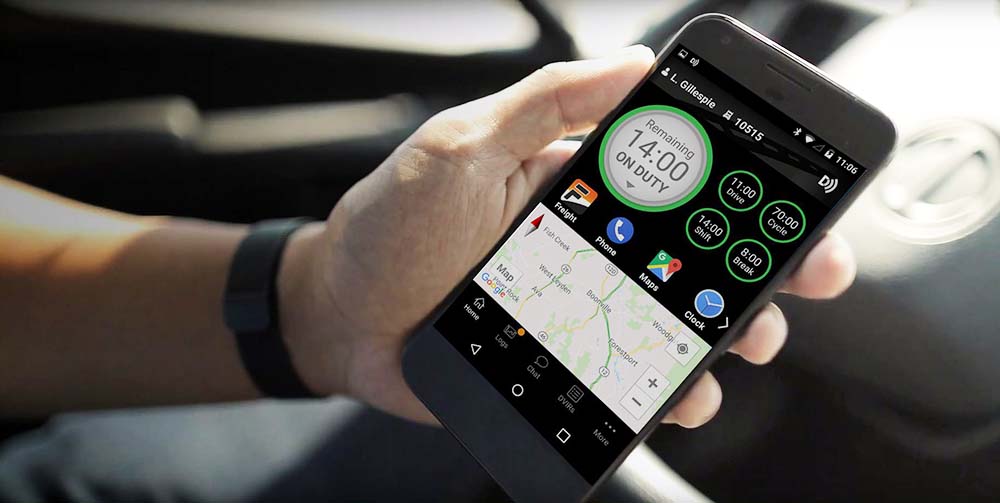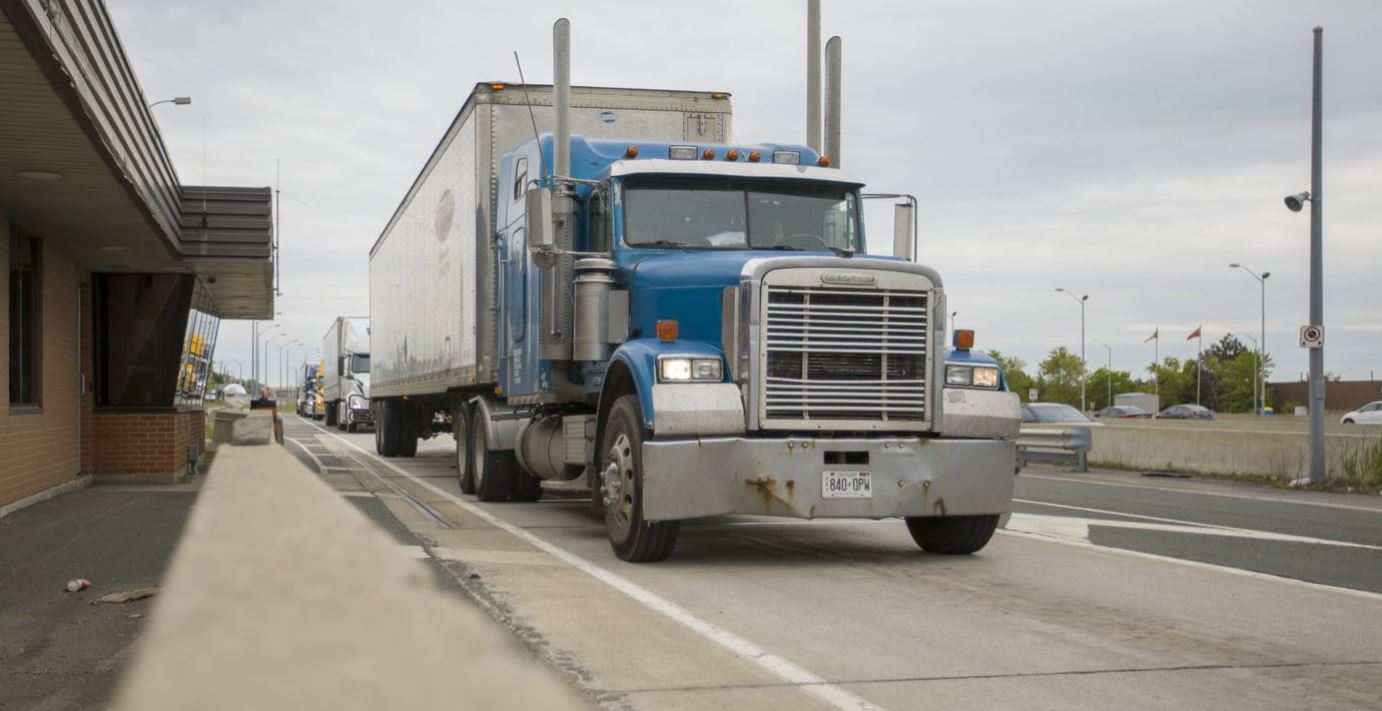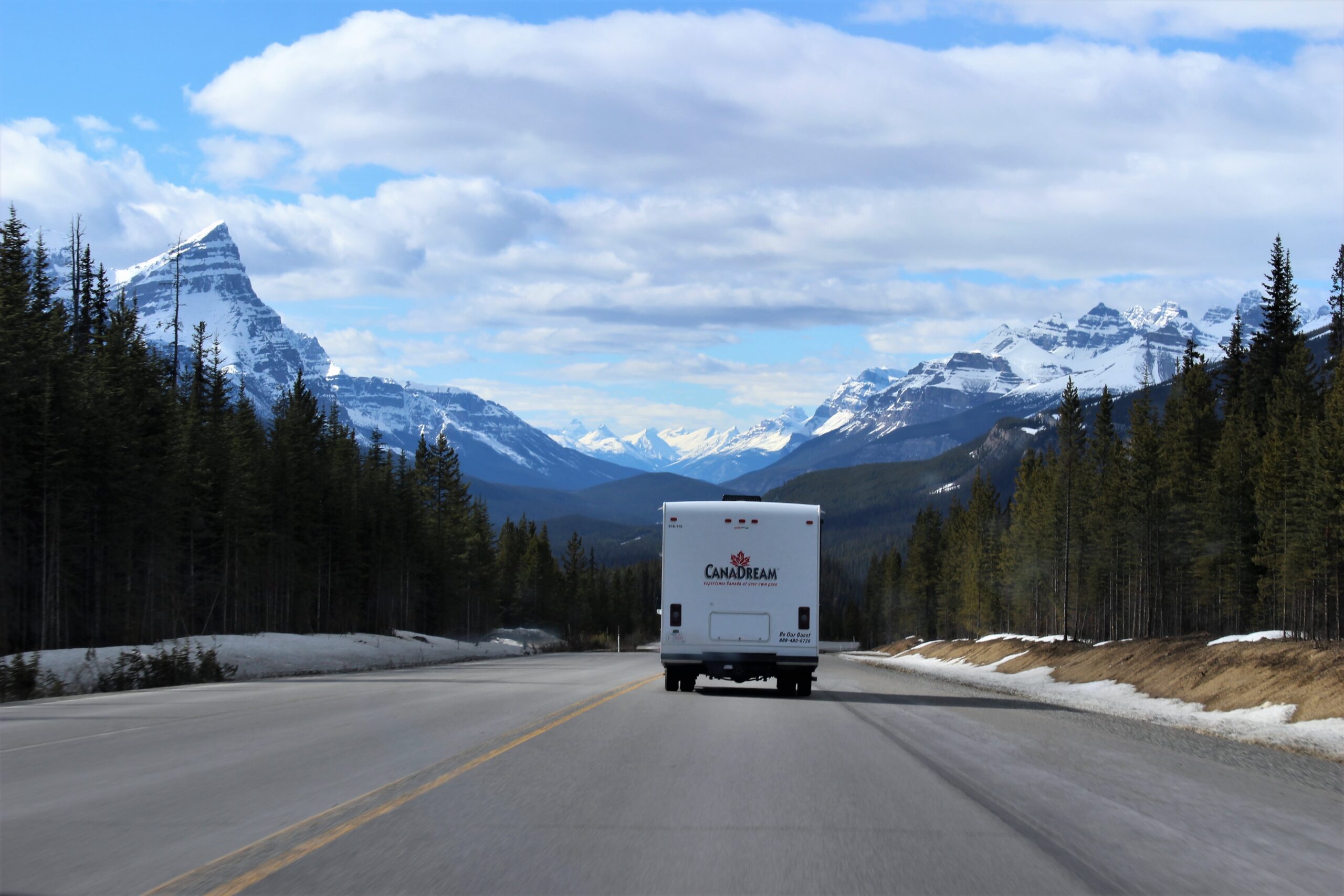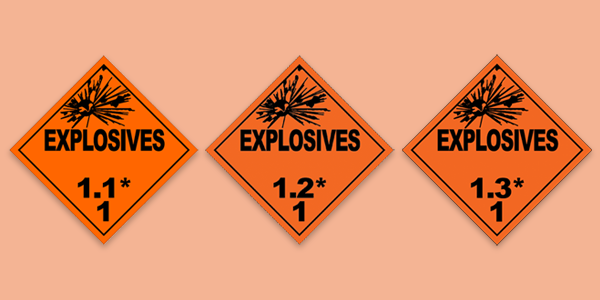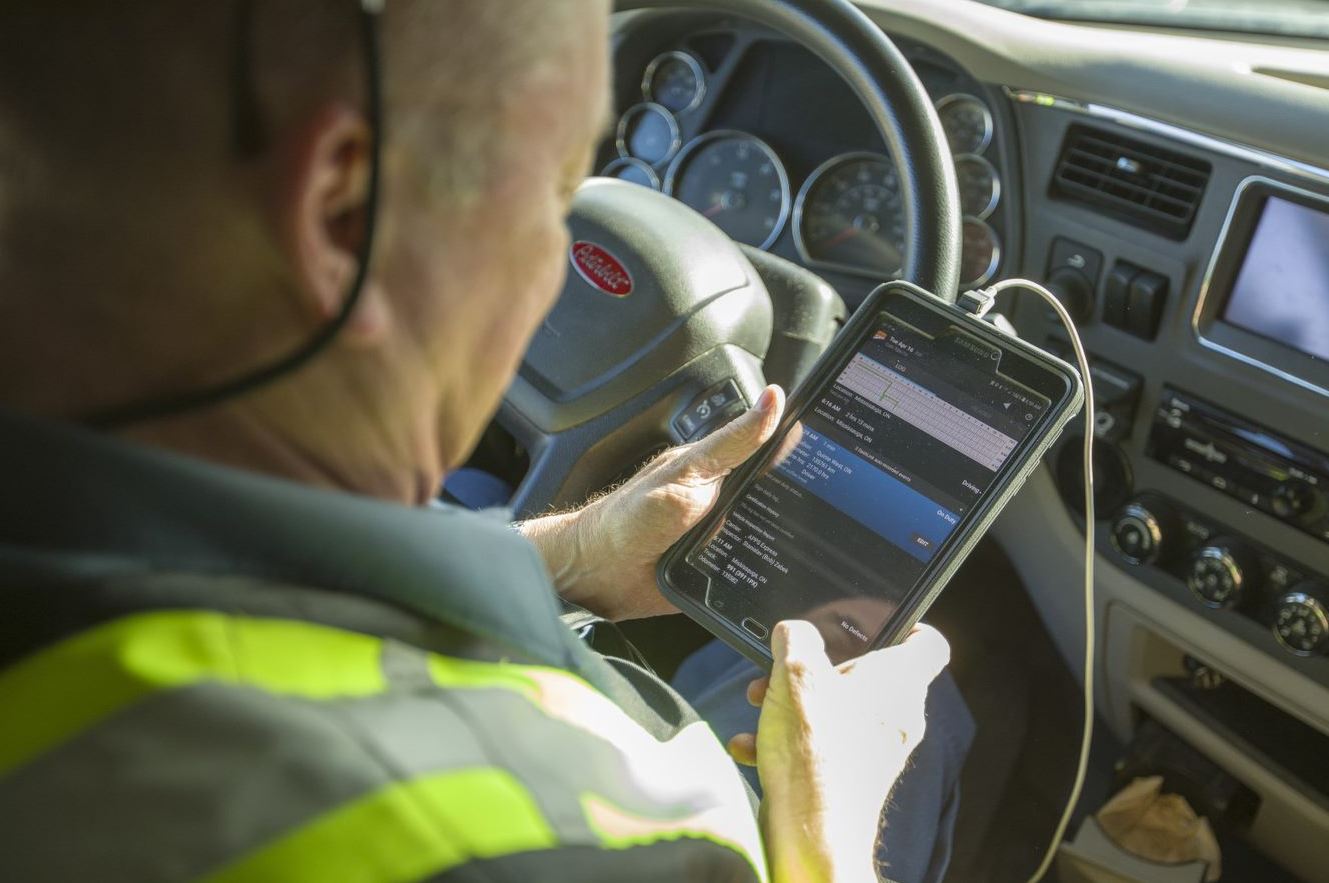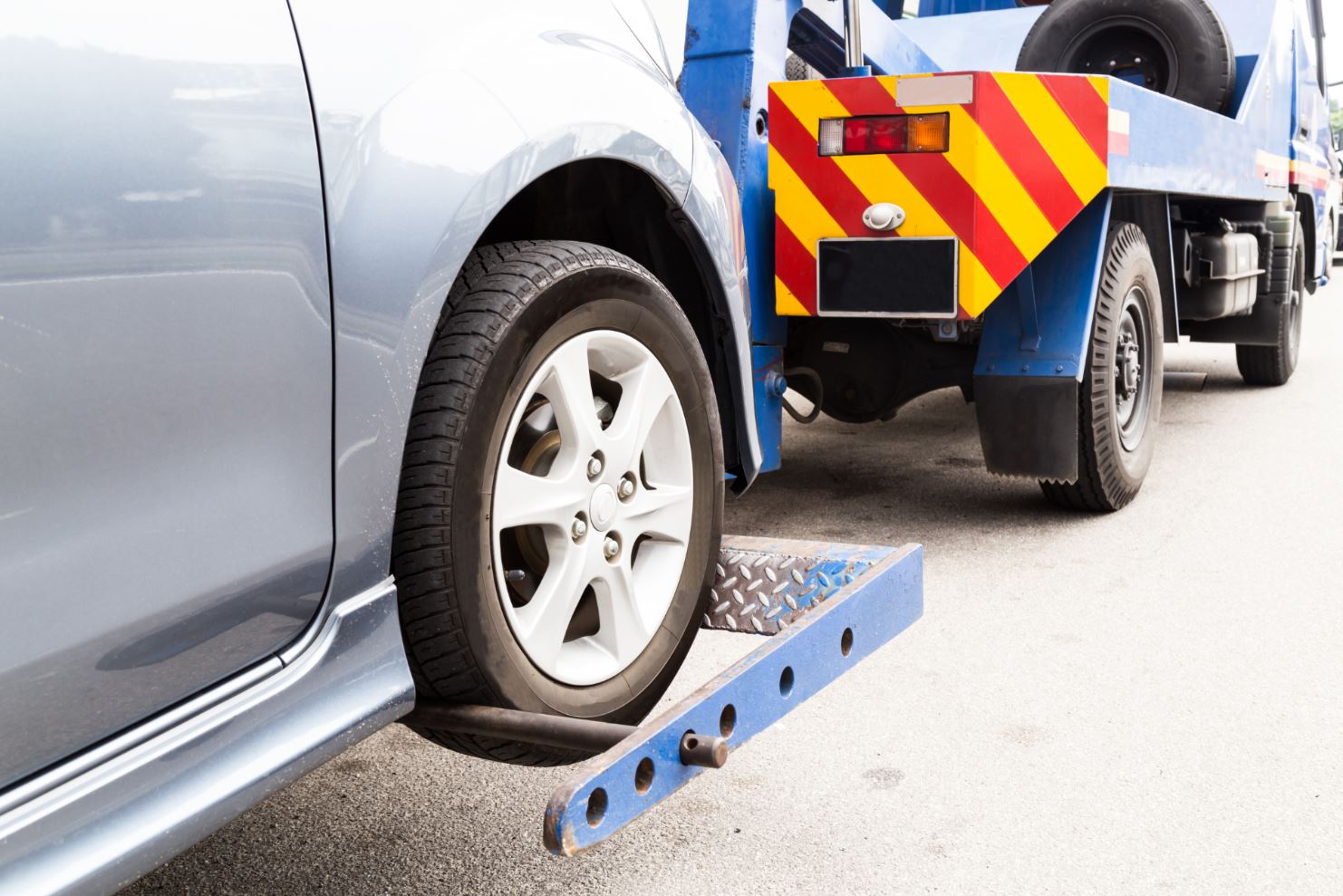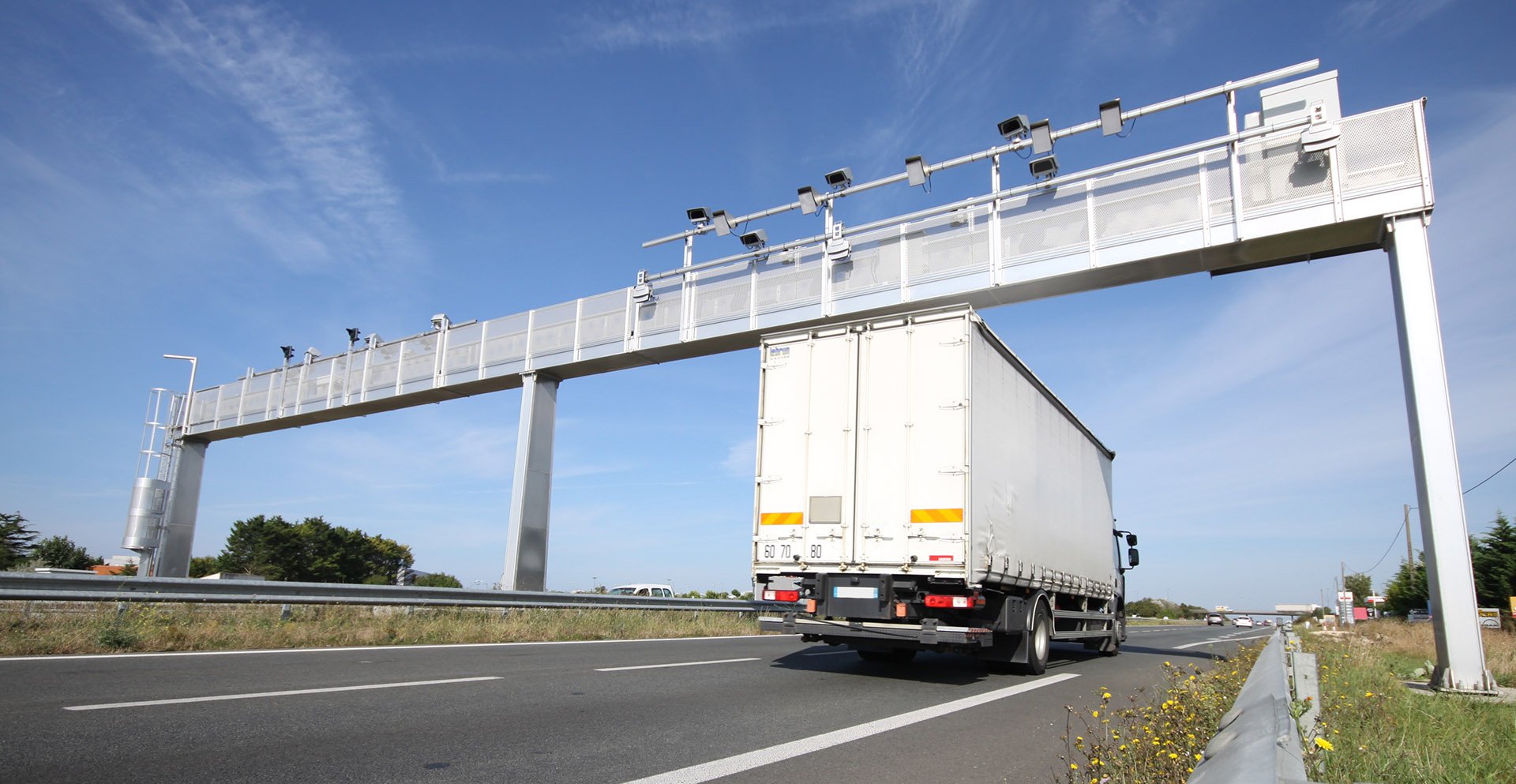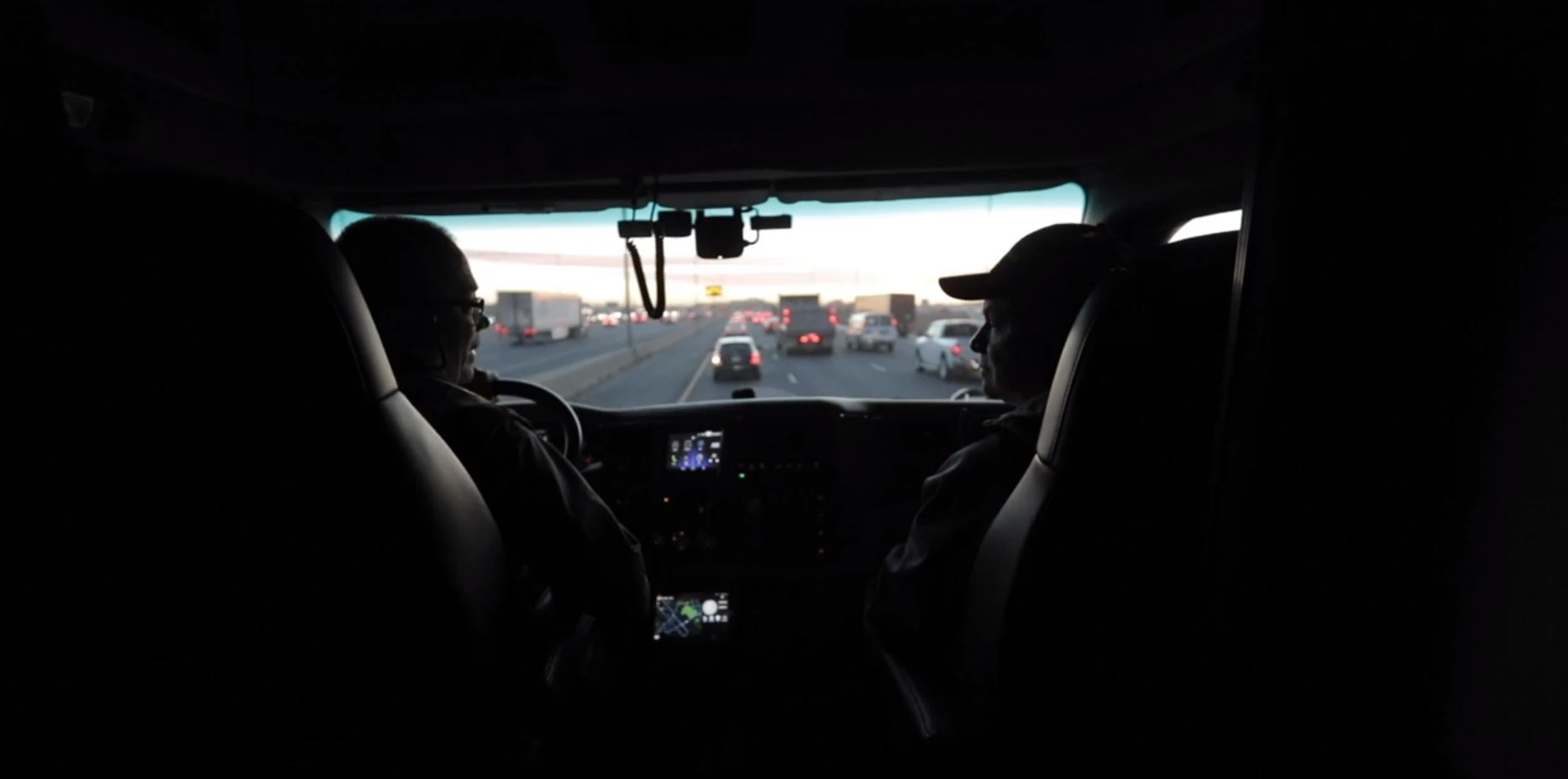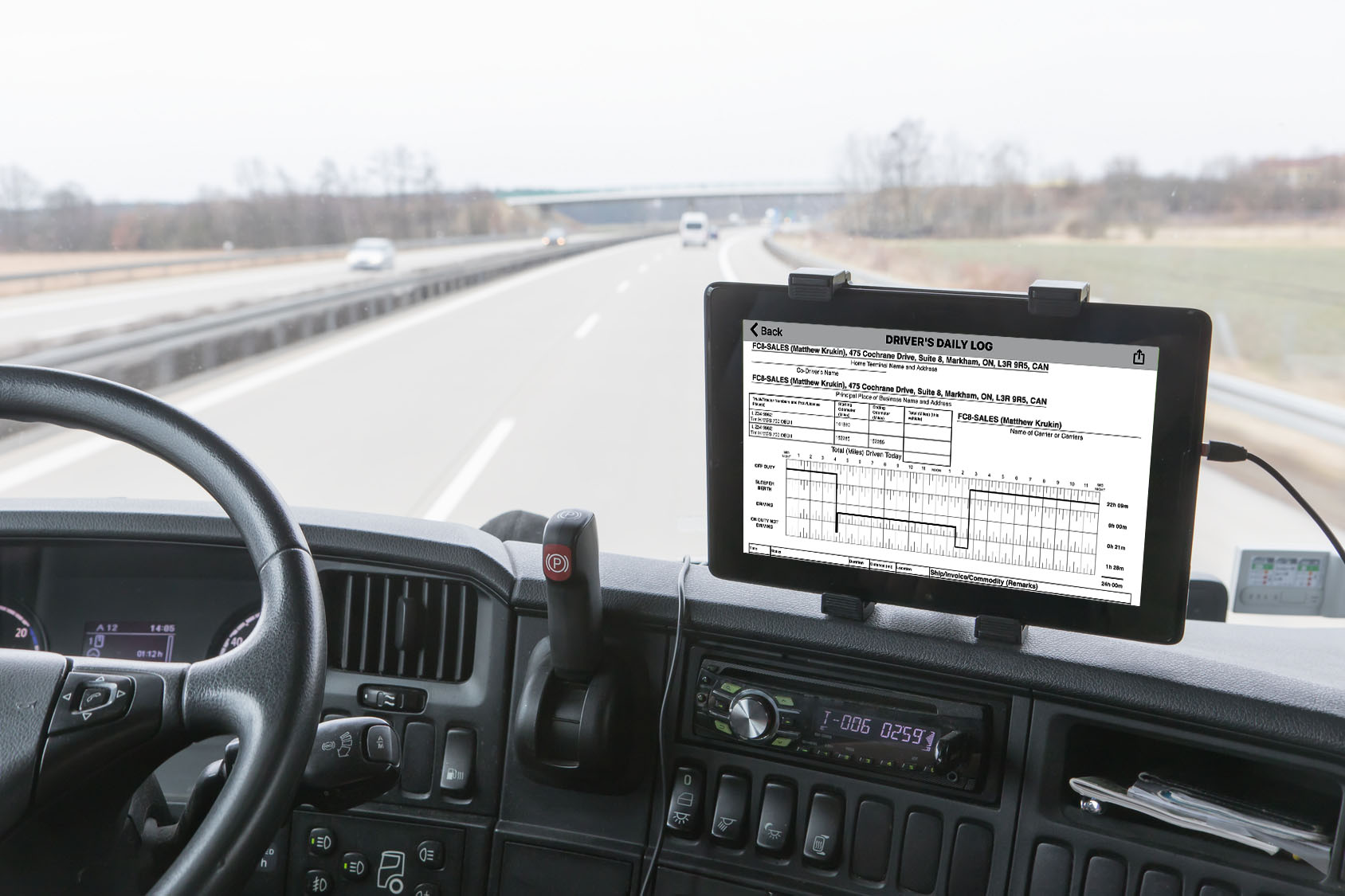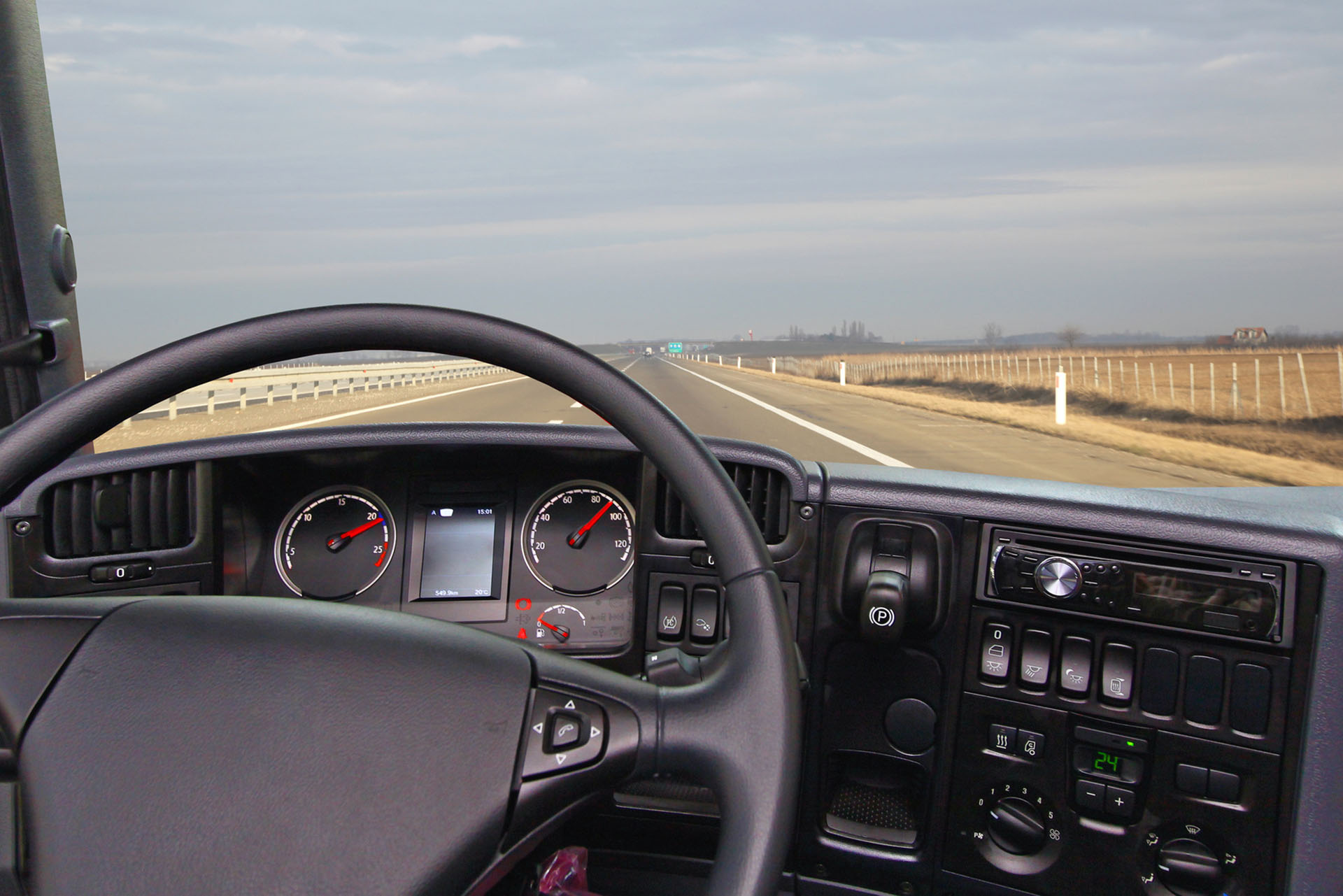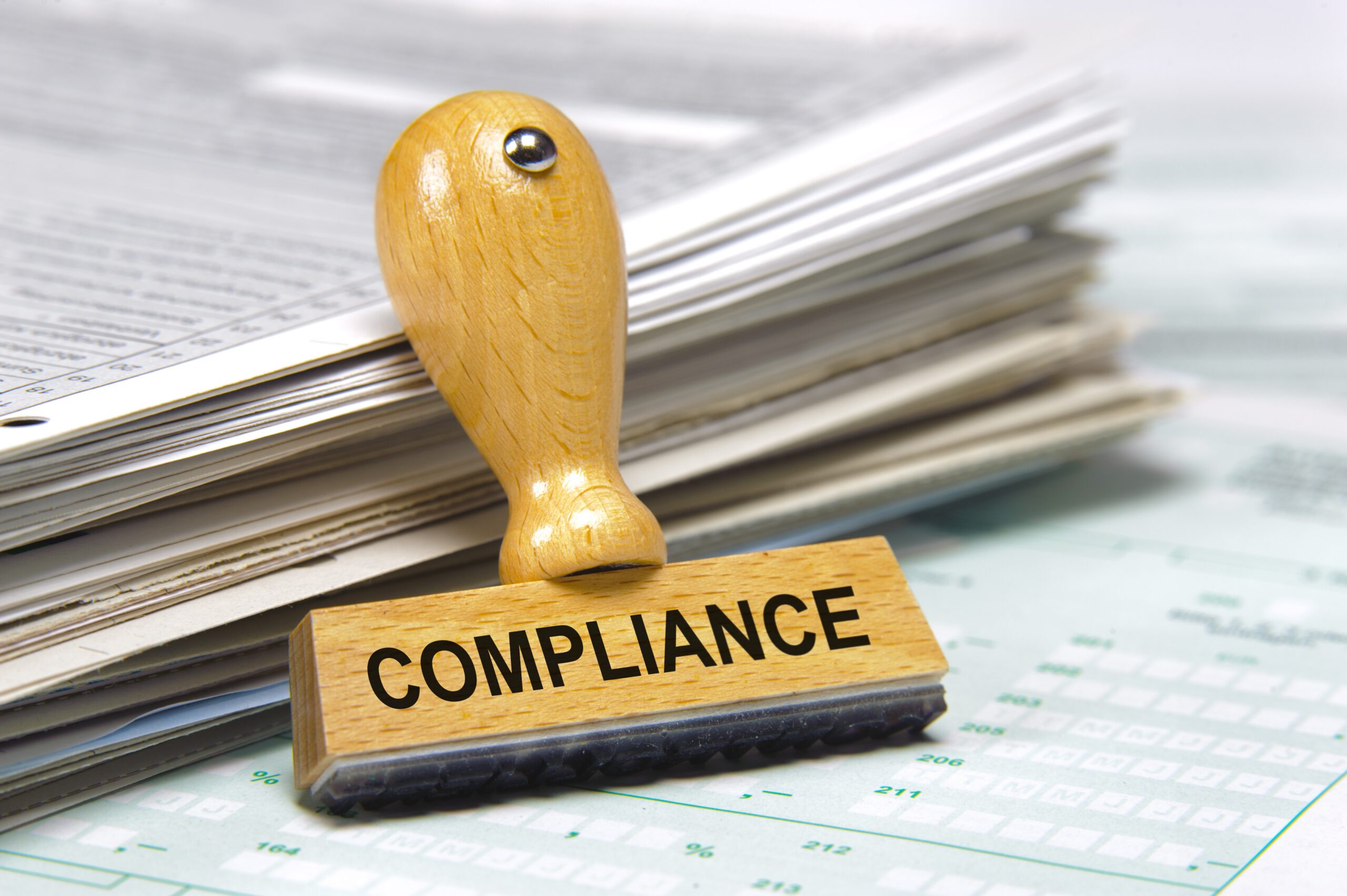Now, this maybe quite technical, but if you get through it, you might discover you may benefit from the exception rules outlined below after all.
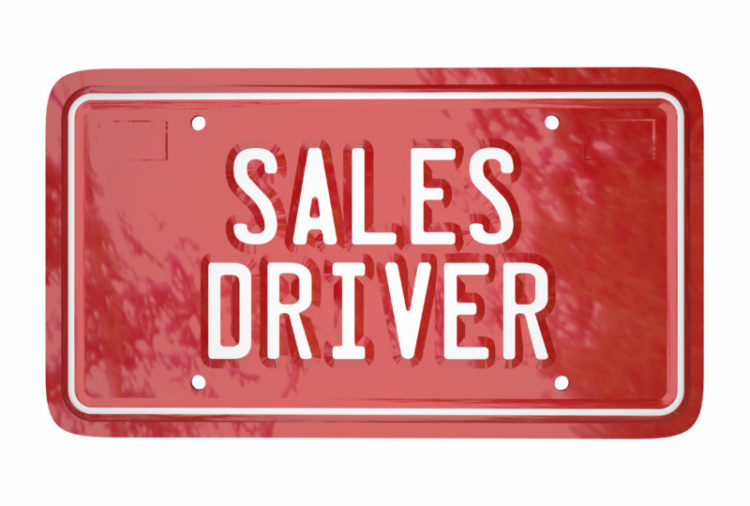
Who is a ‘driver-salesperson’?
A ‘driver-salesperson’ category of employee is defined in Part 395 as someone who is employed solely by a private carrier of property by commercial motor vehicle. What this entails is not moving another motor carrier’s goods for hire.
You must be engaged in selling goods, services, or the use of goods. You may be delivering by commercial motor vehicle of the goods sold or provided, upon which the services are performed.
You must remain entirely within a radius of 100 miles of the point at which you report for duty.
You must also not devote more than 50% of your hours on duty to driving. As an FYI, the 50% of driving in the definition of driving time is determined on a weekly basis.
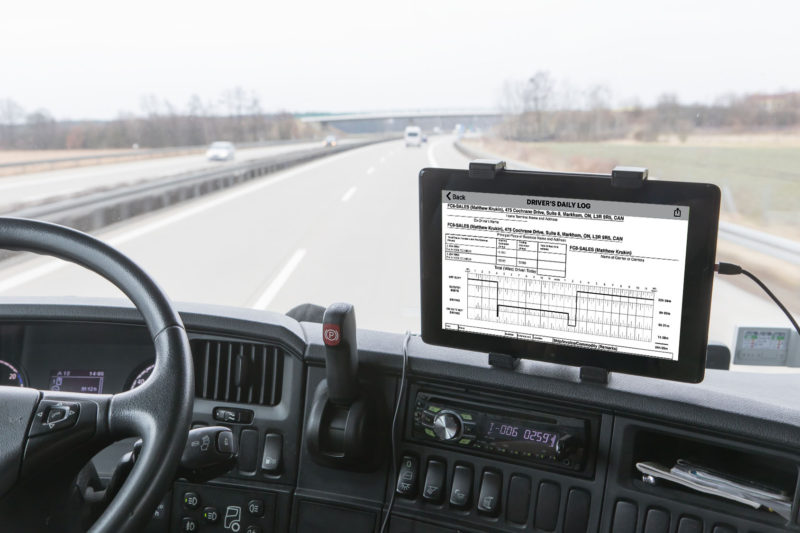
RODS exception for ‘driver-salesperson’
If you meet the “driver-salesperson” definition as described above, you do not have to comply with the cycle requirements under §395.3(b), provided you do not exceed 40 hours driving in any 7-consecutive-day period.
A property-carrying driver-salesperson may use the “no record of duty status (RODS)” provision of § 395.1(e)(1) if you meet the requirements of operating within a 100-air-mile radius and have at least 10 consecutive hours off-duty separating each 12 hours on-duty.
Exception limitation
Although a driver-salesperson is not required to return to the work reporting location to be released from work within 12 hours, you may not drive after the 14th hour after coming on duty. Furthermore, a driver-salesperson using the 100-air-mile radius exception must complete a RODS on days in which he/she exceeds 12 hours on duty.
16-hour exception
A driver-salesperson may also be eligible to use the 16-hour exception of § 395.1(o) if you meet all of the requirements of this section. This 16-hour exception is applicable if you usually come back to your work-reporting location and go home at the end of your workday. This exception allows you to extend the 14-consecutive-hour driving window to 16 hours once every 7 consecutive days.
In order to use this exception, you must do the following:
- Return to your work reporting location that day, as well as for your last 5 duty tours. A duty tour is the period of time from when an employee comes to work to when he/she leaves work. Their “workday,” is the time between their off-duty periods of at least 10 consecutive hours.
- Be released from duty within 16 hours after coming on duty.
- Only use this exception once every 7 consecutive days, unless you took 34 consecutive hours off to restart a new cycle.

Non-CDL Short Haul 150-mile Exception
You may not use the 16-hour exception if you qualifie for the “Non-CDL Short Haul 150-mile Exception”. This specific exception applies if you drive short distances in a truck that does not require a commercial driver’s license (CDL).
This short-haul exception allows you to extend the 14-hour driving window to 16 hours on 2 days in a 7-consecutive-day period, or after any 34-hour restart, and does not require you to keep a logbook.
As an FYI, the FMCSA does not enforce the 30-minute rest break provision [49 CFR 395.3 (a)(3)(ii)] against any driver who qualifies for this short-haul exception.
You can only use this exception if you:
- Drive a truck that is a “commercial motor vehicle” but do not require a CDL, and
- Work within a 150 air-mile radius of your normal work reporting location and return there each day.
If you meet the criteria for using the non-CDL short-haul exception, you must NOT:
- Drive for more than 11 hours following 10 consecutive hours off duty;
- Drive past the 14th hour after coming on duty 5 days in any period of 7 consecutive days;
- Drive past the 16th hour after coming on duty 2 days in any period of 7 consecutive days;
- Drive after being on duty 60 hours in any 7 consecutive days, or 70 hours in any 8 consecutive days (unless you took 34 consecutive hours off to restart a 7/8-day period that meets the conditions listed above).
Under this exception, you are not required to keep a logbook, but Abt Electronics must keep accurate and true time records for 6 months, showing:
1) the time you report for duty each day;
2) the total number of hours you are on duty each day;
3) the time you are released from duty each day; and
4) the total time for the preceding 7 days in accordance with Section 395.8(j)(2) for drivers used for the first time or intermittently.
If you come under this exception, you are not eligible for the 100 air-mile radius exception, the 16-hour short-haul exception, or the split sleeper-berth provision.
This regulation is found in Section 395.1(e)(2).






